HOSTING
COMMON GROUND exhibition series - October 2024

ARTISTS :
Marie Kaae
Marie Vedel and Tringa Gashi
Anne Langgaard
Natasja Loutchko

For the opening of HOSTING, choreographer, dancer and producer Marie Kaae invited the audience to experience the hidden spaces of the gallery, in a performance influenced by house culture and house dance. Installing a most often closed room for visitors of Celsius Projects, Marie Vedel and Tringa Gashi presented a photographic score composed of script-like images and notes. Taking these as starting points and with the adjoining rooms with car mechanic workshops and randomly stored left-over objects as
a backdrop, an experimental film emerged shown parallel with a performance by the artist duo at the exhibitions finissage. In the main gallery room, Anne Langgaard’s sculptures functioned as playful reminders of the magical potential of everyday life and objects. Their importance, presence and poetry, and the values of the seemingly insignificant and unimportant of shared realities, strengthen the awareness of being alive. As a small haven to sit and stay, Natasja Loutchko’s video works were presented at the back of the gallery in a Beautiful Hall. They are reflections on intimacy, (dis)connections, crisis and care systems, and mismanagement, about the spaces in between and about mothering both oneself and others. The works use play as a practice to explore how one can navigate inner sensitive landscapes together within a healing process, for instance as two people dance with their inner ghosts, draped in their grandmother’s old linens. The Beautiful Hall will was adjusted and activated during a food-related performance by the artist at the end of the exhibition period. Besides hosting artists, visitors, and performances, the different works in the exhibition co-existed hosting each other.
Arranged by Elísabet Anna Kristjánsdóttir and Janneke Schoene.
Photo credit: Elísabet Anna Kristjánsdóttir



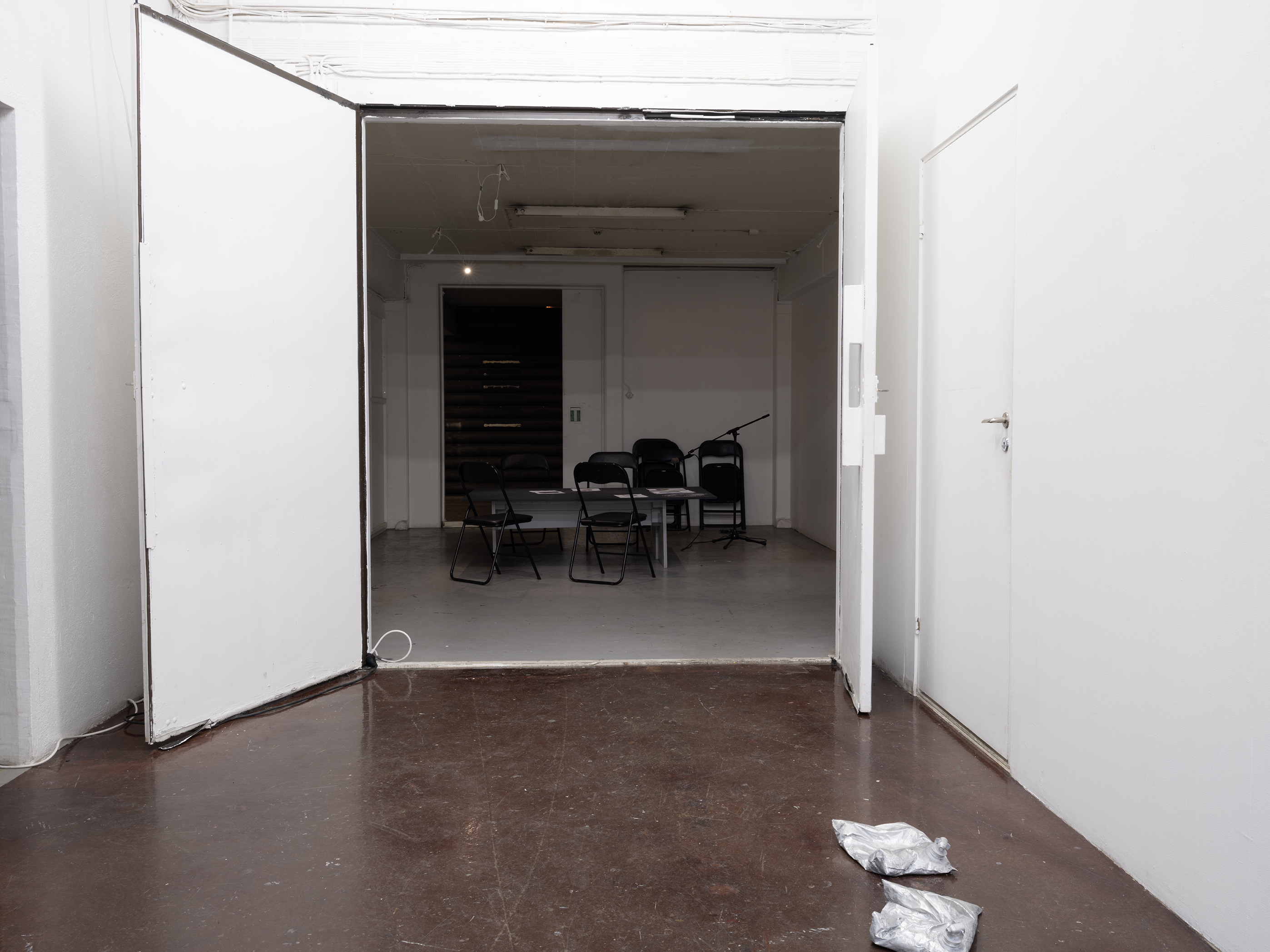


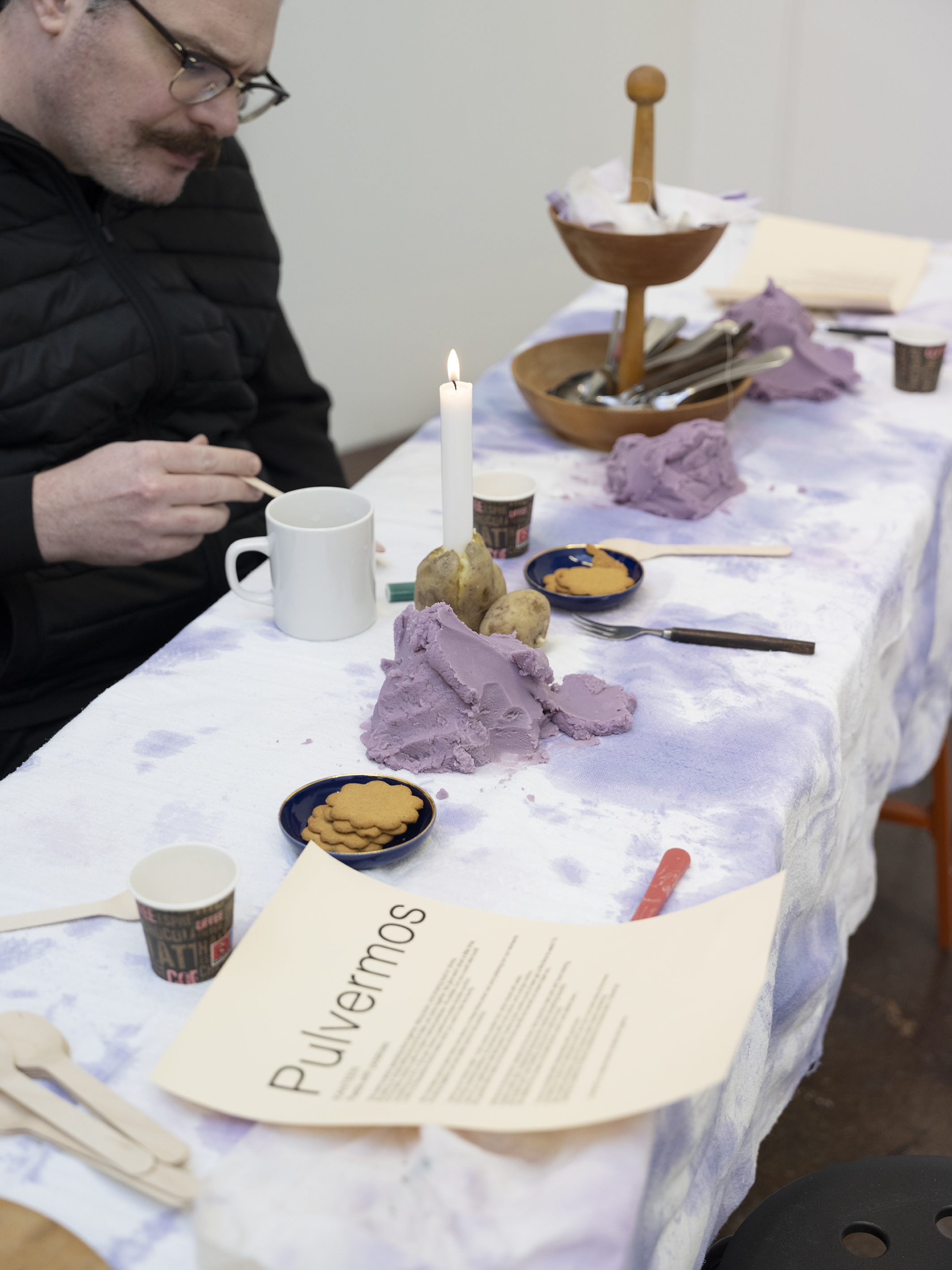

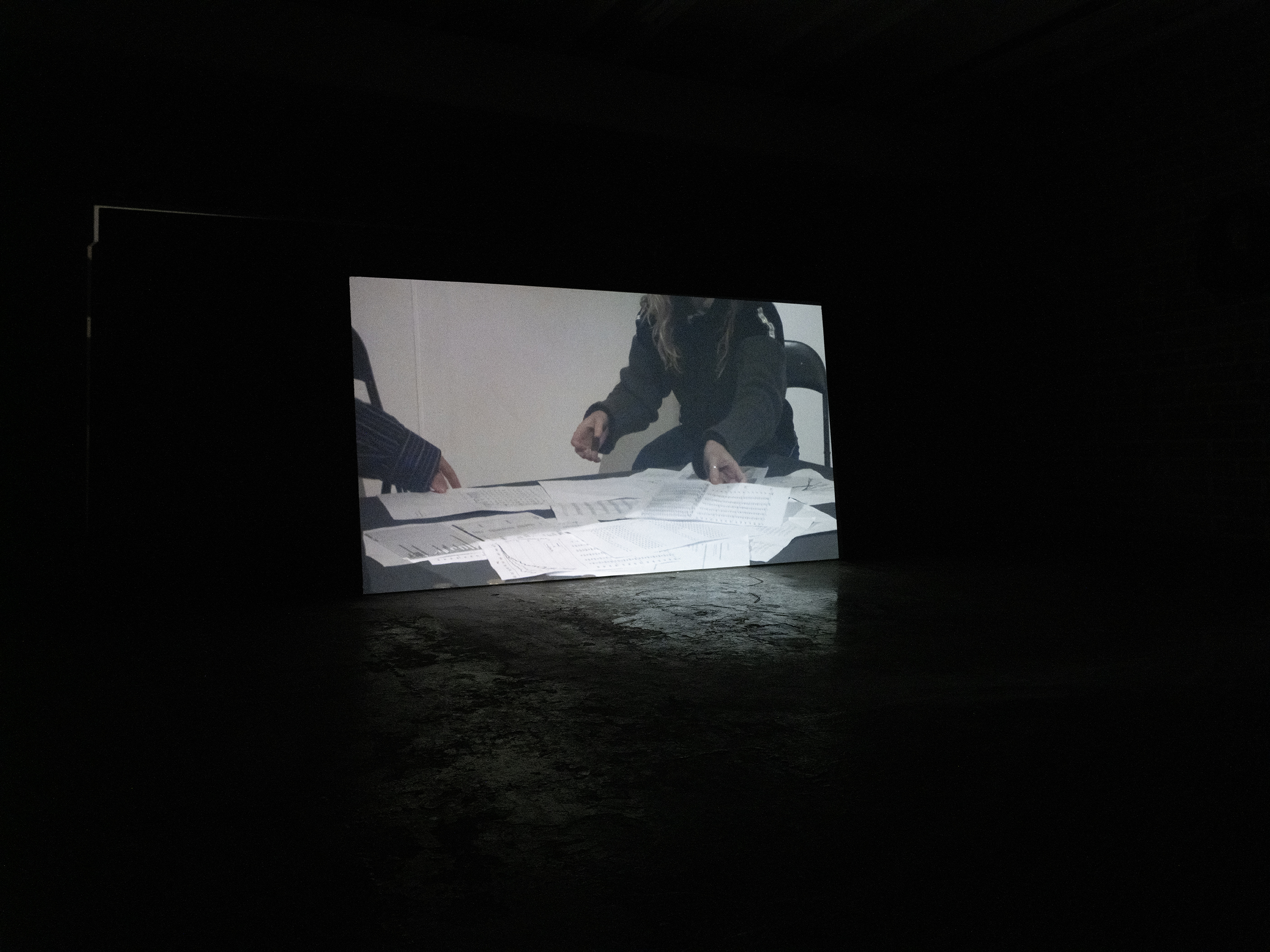









With support from:
![]()


BUILDING
COMMON GROUND exhibition series - September 2024
Kåre Frang, Wilfred Wagner, Sindri Leifsson
& Martina Priehodová, Sturla Magnússon, Lily Dollner, Kristyan Nicholson, Aske Hyldborg, Emil Sandströ, Marjike Klamer
& Martina Priehodová, Sturla Magnússon, Lily Dollner, Kristyan Nicholson, Aske Hyldborg, Emil Sandströ, Marjike Klamer
 ARTISTS :
ARTISTS :

BUILDING was the second in the exhibition series ‘Common Ground’. It took the term Building loosely as a framework to think through and with and explored methods of sharing space and working together. ‘Common Ground’ focusesed on the Sorgenfri industrial area around the gallery that is characterised by ongoing gentrification and governmental cuts to the arts. In this context, the exhibition highlighted the role that buildin
g using physical materials plays in contributing to new communities, to gather, invent and survive through culture.
Kåre Frang’s seemingly fragile Digestive cookies sculptures spring from a deeply rooted interest in how people relate to and get attached to things, and how the notion of ownership transforms anything into something potentially precious, identity-creating and somehow irreplaceable. The series started when the artist was working with his child in his studio, while schools were closed during the recent pandemic. In a creative and intimate situation, the two tried to make sense of the world by making sculptures that replicate various objects from their surroundings out of sweet biscuits. The works embody a balance between chaos, precision and fragility as equal elements that are placed in a line, almost as if they were depicting a sentence.
Wilfred Wagner’s work, Compositors and Devils, is likewise an arrangement, a composition of tablets that are collected together as a set, shown in the process of becoming and being a set. The image of a steam automaton typesetter, imagined in the 1800s
, is working tirelessly to reduce the workload of humans but this workload has already been offset. In printing workshops throughout history there are known to be typesetting-devils (Setternisse) that cause mistakes in the printing process.
The process of printing a vinyl decal involves creating digital vector graphics in a precise process, but then once it is applied to the surface it becomes a hands-on process prone to human error or influence from any setting-devils. The work appears as printed decals on magnetic boards; these two functional mediums, one used in advertising or signage and the other as a notice board, come together to betray functionality and remain permanently temporary.
The seven miniature carts that occupied the floor and the whole exhibition space are a collaboration between Sindri Leifsson andartists he invited, beginning with Martina Priehodová as the start of a chain-letter invitation process, followed by Sturla Magnússon and Lily Dollner, Kristyan Nicholson, Aske Hyldborg and Emil Sandström, and Marjike Klamer. The trailer structures that Sindri Leifsson made are inspired by carts often seen o
utside homes in Reykjavík, Iceland. Those are often filled with discarded materials, objects that had served their purpose or were no longer needed in their functions, all in a state of transformation. At Celsius Projects, the miniature carts were filled with artworks, where one’s works of art become the carriers of other works and ideas of others.
In their own ways, all of the works found in the exhibition shared being carriers of histories, carriers of dialogues and co-creation and all of them contribute to the wish to build new communities and to tell new stories. They celebrate the potentialities of co-creation and that working together enables building something that can be larger than ownership.
Arranged by Francis Patrick Brady, Elísabet Anna Kristjánsdóttir and Janneke Schoene.
Photo credit: Elísabet Anna Kristjánsdóttir











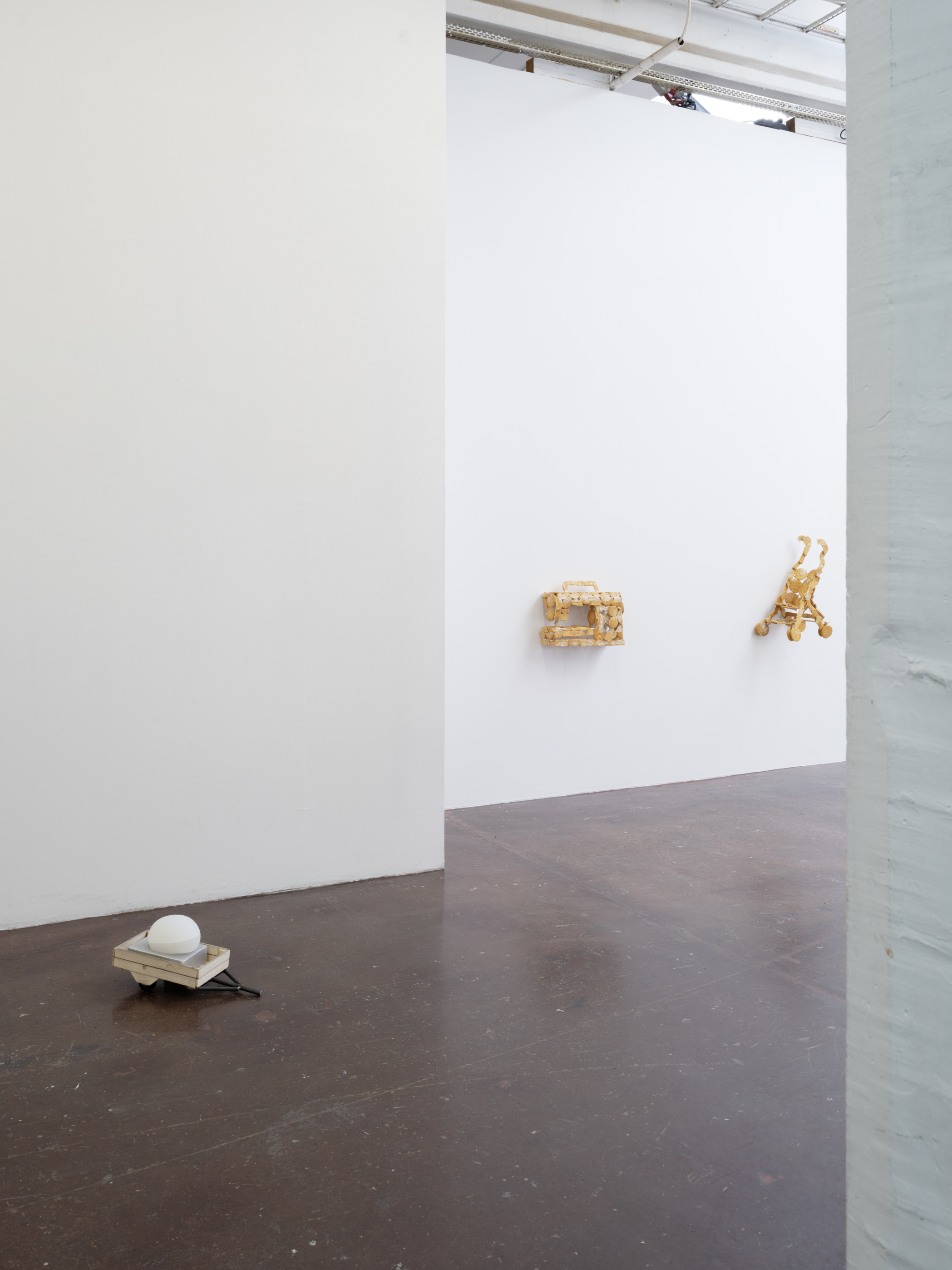










With support from:
![]()


WHOSE MUSEUM:WAS HERE
August 23 - September 8, 2024

WHOSE MUSEUM: WAS HERE
Retrospective bash across multiple venues
Celsius Projects, August 23 – September 8, 2024
Opening: August 23, 18.00-21.00, Celsius Projects
OTHER VENUES:
Moderna Museet Malmö
Deseo Tattoo Studio
August 23 – September 8, 2024
Malmö Konstmuseum
Malmö stadsarkiv
Whose Museum
BienVélo Bike Shop
August 23 – September 29, 2024
List of more events see below.
Consider for a moment that a museum is a living organism, their collections forming a body whose relationships compel them to move and to act. Who will they become?
With this exhibition, the international art collective and loose archival network Whose Museum presents its first retrospective in Sweden. After half a decade of community-oriented, experimental art practice and a cross-disciplinary program in its Möllan gallery space, Whose Museum’s activities in the city of Malmö culminate in this major solo exhibition, inviting the public to get to know a part of Whose Museum’s identity that is often hidden: Whose Museum in itself is a monumental artwork. It extends the boundaries of our understanding of what art is and can be. The collective creates a deep network of installations connecting museums, archives, artist-run spaces and shops in a meaningful narrative.
Whose Museum works with the participatory collecting of everyday objects, alternative conservation and archiving as an artistic practice. The premise of the museum is simple: anyone can donate anything to the collection.The items range from the banal to the bizarre, including drawings, discarded objects, prosthetic body parts, plants, songs, and ephemera. At Malmö stadsarkiv, Anna M. Szaflarski’s sci-fi graphic novel The Band (2022) compels us to dive into Whose Museum's earliest history, when in 2008 a group of travelling musicians on a cross-Canada tour started the Whose Museum collection.
At Celsius Projects, a selection of works made by members of the collective are presented. The works draw upon the museum’s history and collection in a painterly and joyful display of the unprofessional and ornamental bureaucracy that define the collective’s ethos. Visitors are greeted by the original sketch for Whose Museum’s window sign, produced when KRETS gallery extended the invitation to Whose Museum to host a year of exhibitions in Malmö in 2019. This invitation led to the collective taking over the space for the past five years. As part of the retrospective, Whose Museum’s gallery space itself is on view during the entire exhibition period.
In the social area of Moderna Museet Malmö, a sculpture by Max Ockborn can be visited. The sculpture was in residence at the gallery space of Whose Museum in Malmö 2019–24, and was donated to the collection of Whose Museum. It now wishes to continue its social relations with the staff, visitors and artworks at Moderna Museet.
The Whose Museum collection holds three cacti. One is on a long-term loan to an associate in the USA who sends regular updates, another has died and the third one is now at a local shop in Malmö, BienVélo, where the cactus is watching the bike mechanics at work.
At Malmö Konstmuseum, a large number of objects from Whose Museum’s collection have found their way into a constellation that has facilitated social interactions throughout Whose Museum’s history: the Collection Body (2008-2024). At the entrance to the newly installed collections of the Konstmuseum, the work sprawls across the floor and invites visitors to consider hierarchies produced by museums and their collecting.
Several events are part of the retrospective, including a tattoo flash day at DESEO studio, where one can encounter a selection of works on paper from Whose Museum while getting tattoos of collection items. Skånes konstförening hosts an artist talk by Alanna Lynch whose stink bombs have resided at Whose Museum since 2019. Whose Museum hosts a drag noise show by The Evacuation Ensemble, and, together with the local food-art initiative Konstitori, Patrick Cruz and Sahar Alkhateeb prepare a feast.
Spread out across venues, the exhibition highlights the interconnectedness of various types of art spaces in the city; how they are conditioned and worked upon by the state, commerce and funding, but also by relations between people, objects and stories.
The retrospective allows viewers to witness a transformation as it marks the end of Whose Museum’s activities in its Malmö gallery. The past five years have allowed a local community to grow who will now take over the space, while Whose Museum returns to its transient state. In Malmö, it has done what it came for and is ready to transition.
EVENTS:
Artist talk with Alanna Lynch: August 24, 13.00, Skånes konstförening
Tattoo flash day from Whose Museum’s collection: August 25, 13.00-17.00, Deseo Tattoo Studio
Konstitori with Patrick Cruz and Sahar Alkhateeb: September 4, time tba, Whose Museum The Evacuation Ensemble drag noise concert: September 6, 20.00, Whose Museum
Funded by Malmö Stad, Region Skåne and Kulturrådet.
Moderna Museet Malmö
Deseo Tattoo Studio
August 23 – September 8, 2024
Malmö Konstmuseum
Malmö stadsarkiv
Whose Museum
BienVélo Bike Shop
August 23 – September 29, 2024
List of more events see below.
Consider for a moment that a museum is a living organism, their collections forming a body whose relationships compel them to move and to act. Who will they become?
With this exhibition, the international art collective and loose archival network Whose Museum presents its first retrospective in Sweden. After half a decade of community-oriented, experimental art practice and a cross-disciplinary program in its Möllan gallery space, Whose Museum’s activities in the city of Malmö culminate in this major solo exhibition, inviting the public to get to know a part of Whose Museum’s identity that is often hidden: Whose Museum in itself is a monumental artwork. It extends the boundaries of our understanding of what art is and can be. The collective creates a deep network of installations connecting museums, archives, artist-run spaces and shops in a meaningful narrative.
Whose Museum works with the participatory collecting of everyday objects, alternative conservation and archiving as an artistic practice. The premise of the museum is simple: anyone can donate anything to the collection.The items range from the banal to the bizarre, including drawings, discarded objects, prosthetic body parts, plants, songs, and ephemera. At Malmö stadsarkiv, Anna M. Szaflarski’s sci-fi graphic novel The Band (2022) compels us to dive into Whose Museum's earliest history, when in 2008 a group of travelling musicians on a cross-Canada tour started the Whose Museum collection.
At Celsius Projects, a selection of works made by members of the collective are presented. The works draw upon the museum’s history and collection in a painterly and joyful display of the unprofessional and ornamental bureaucracy that define the collective’s ethos. Visitors are greeted by the original sketch for Whose Museum’s window sign, produced when KRETS gallery extended the invitation to Whose Museum to host a year of exhibitions in Malmö in 2019. This invitation led to the collective taking over the space for the past five years. As part of the retrospective, Whose Museum’s gallery space itself is on view during the entire exhibition period.
In the social area of Moderna Museet Malmö, a sculpture by Max Ockborn can be visited. The sculpture was in residence at the gallery space of Whose Museum in Malmö 2019–24, and was donated to the collection of Whose Museum. It now wishes to continue its social relations with the staff, visitors and artworks at Moderna Museet.
The Whose Museum collection holds three cacti. One is on a long-term loan to an associate in the USA who sends regular updates, another has died and the third one is now at a local shop in Malmö, BienVélo, where the cactus is watching the bike mechanics at work.
At Malmö Konstmuseum, a large number of objects from Whose Museum’s collection have found their way into a constellation that has facilitated social interactions throughout Whose Museum’s history: the Collection Body (2008-2024). At the entrance to the newly installed collections of the Konstmuseum, the work sprawls across the floor and invites visitors to consider hierarchies produced by museums and their collecting.
Several events are part of the retrospective, including a tattoo flash day at DESEO studio, where one can encounter a selection of works on paper from Whose Museum while getting tattoos of collection items. Skånes konstförening hosts an artist talk by Alanna Lynch whose stink bombs have resided at Whose Museum since 2019. Whose Museum hosts a drag noise show by The Evacuation Ensemble, and, together with the local food-art initiative Konstitori, Patrick Cruz and Sahar Alkhateeb prepare a feast.
Spread out across venues, the exhibition highlights the interconnectedness of various types of art spaces in the city; how they are conditioned and worked upon by the state, commerce and funding, but also by relations between people, objects and stories.
The retrospective allows viewers to witness a transformation as it marks the end of Whose Museum’s activities in its Malmö gallery. The past five years have allowed a local community to grow who will now take over the space, while Whose Museum returns to its transient state. In Malmö, it has done what it came for and is ready to transition.
EVENTS:
Artist talk with Alanna Lynch: August 24, 13.00, Skånes konstförening
Tattoo flash day from Whose Museum’s collection: August 25, 13.00-17.00, Deseo Tattoo Studio
Konstitori with Patrick Cruz and Sahar Alkhateeb: September 4, time tba, Whose Museum The Evacuation Ensemble drag noise concert: September 6, 20.00, Whose Museum
Funded by Malmö Stad, Region Skåne and Kulturrådet.
MAPPING
Laleh Foroughanfar, Stacey deVoe and Tinne Zenner
June 2024




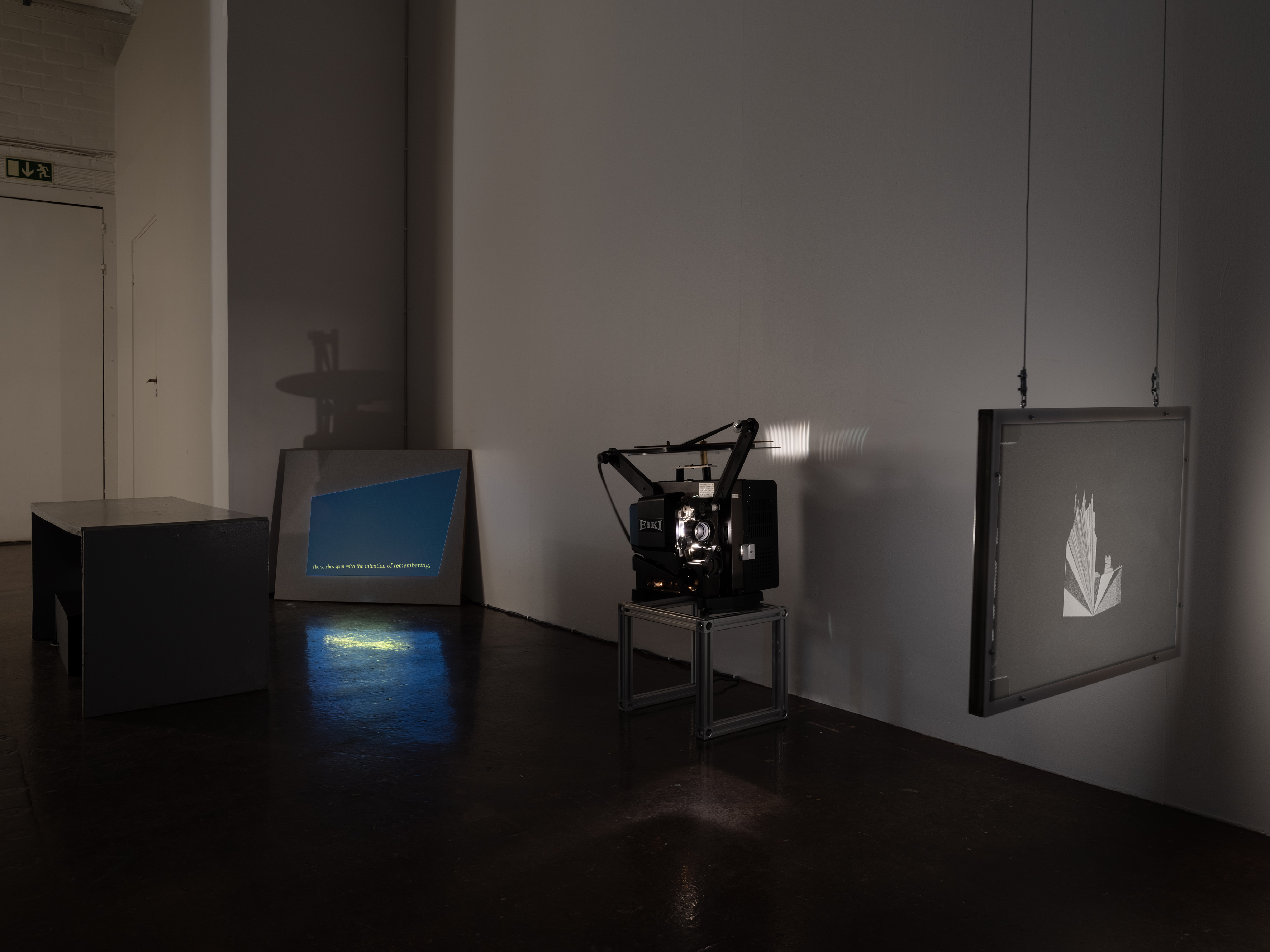
For this initial exhibition in the ‘Common Ground’-exhibition series, Celsius Projects invited artists and researchers who in their own ways relate to methods of tracing and mapping, to calibrating out positions and developing new or alternative maps.
Maps are inherently political and enact upon the world a description that does not describe everything that is there. Maps don’t tell you who lives or works in the listed buildings; they do not say anything about the plants that bloom or the birds and rabbits that nest nearby, and neither will they tell you who owns the properties you may occupy.* The surrounding industrial area of Celsius Projects with small businesses, studio collectives, car mechanics, rehearsal spaces, and artist-run galleries are all threatened to disappear in the near future like in other parts of the city. What will the map look like then?
Maps are inherently political and enact upon the world a description that does not describe everything that is there. Maps don’t tell you who lives or works in the listed buildings; they do not say anything about the plants that bloom or the birds and rabbits that nest nearby, and neither will they tell you who owns the properties you may occupy.* The surrounding industrial area of Celsius Projects with small businesses, studio collectives, car mechanics, rehearsal spaces, and artist-run galleries are all threatened to disappear in the near future like in other parts of the city. What will the map look like then?
The artists Tinne Zenner and Stacey de Voe both exhibited films that find meaning through an investigation into physical spaces and their history. They present a vision of reality that is porous and complex as the stories of humans that live and work in these factories and houses are made visible. Laleh Foroughanfar presented a text that is a love letter to the street Norra Grängesbergsgatan in Malmö which is an industrial area not far from here that has gone through its own transformations over the years. All these works speak to the maps that humans make and the emotional and political histories that must not be forgotten or pass us by without feeling them.
*In Sweden, the ‘surveyor’s map’ (lantmäteriet’s website) does actually show who owns buildings.
*In Sweden, the ‘surveyor’s map’ (lantmäteriet’s website) does actually show who owns buildings.
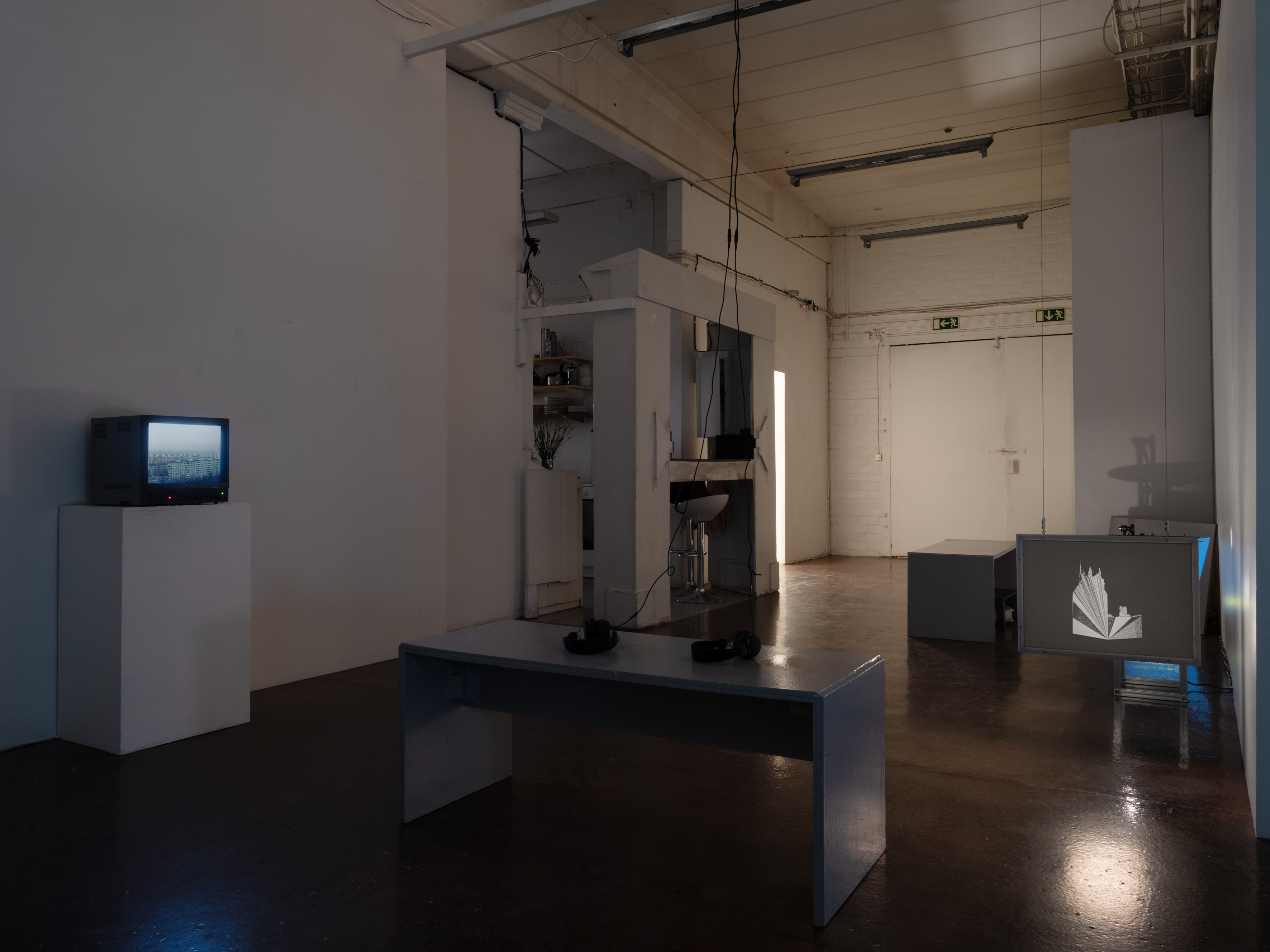
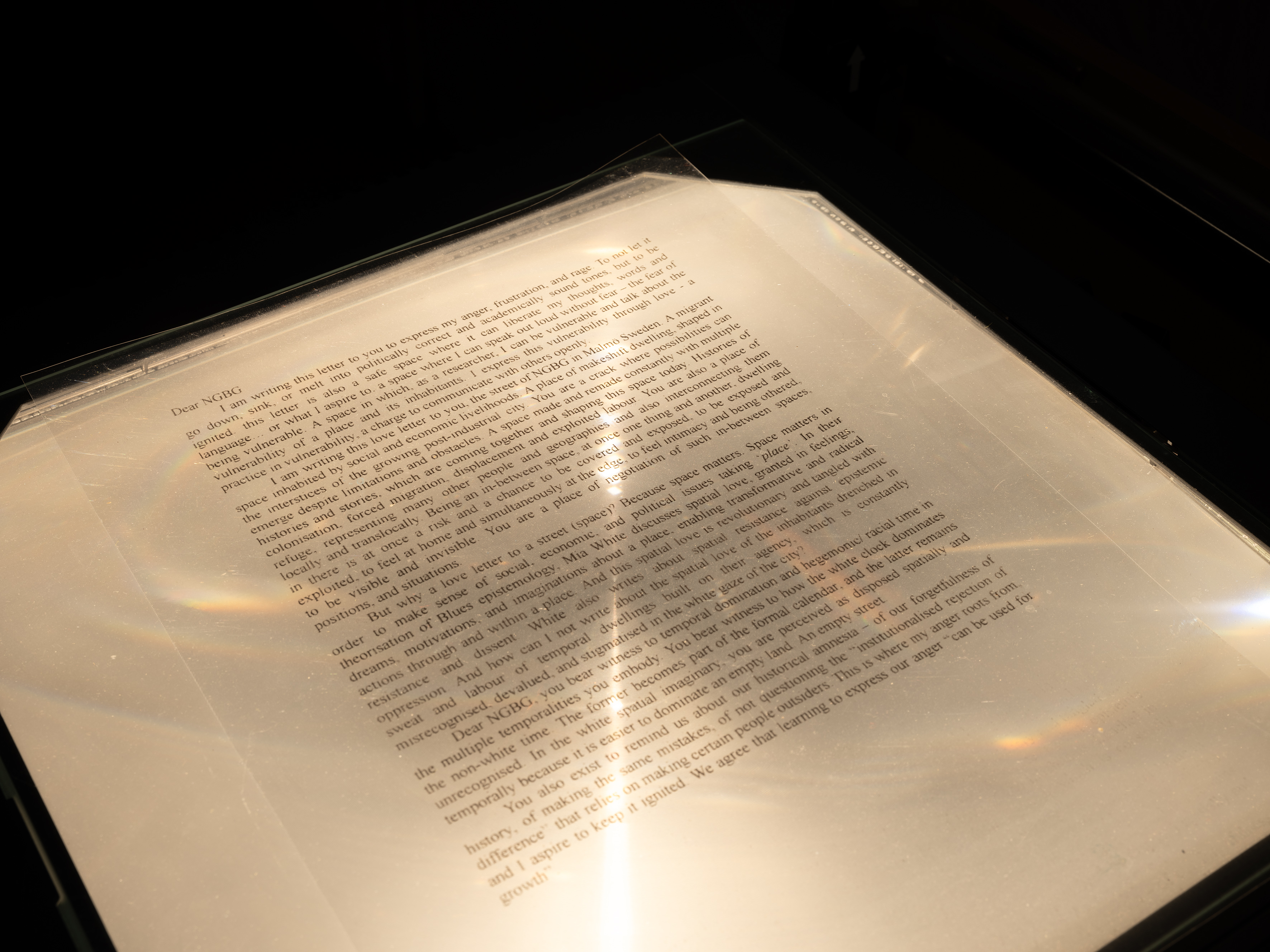
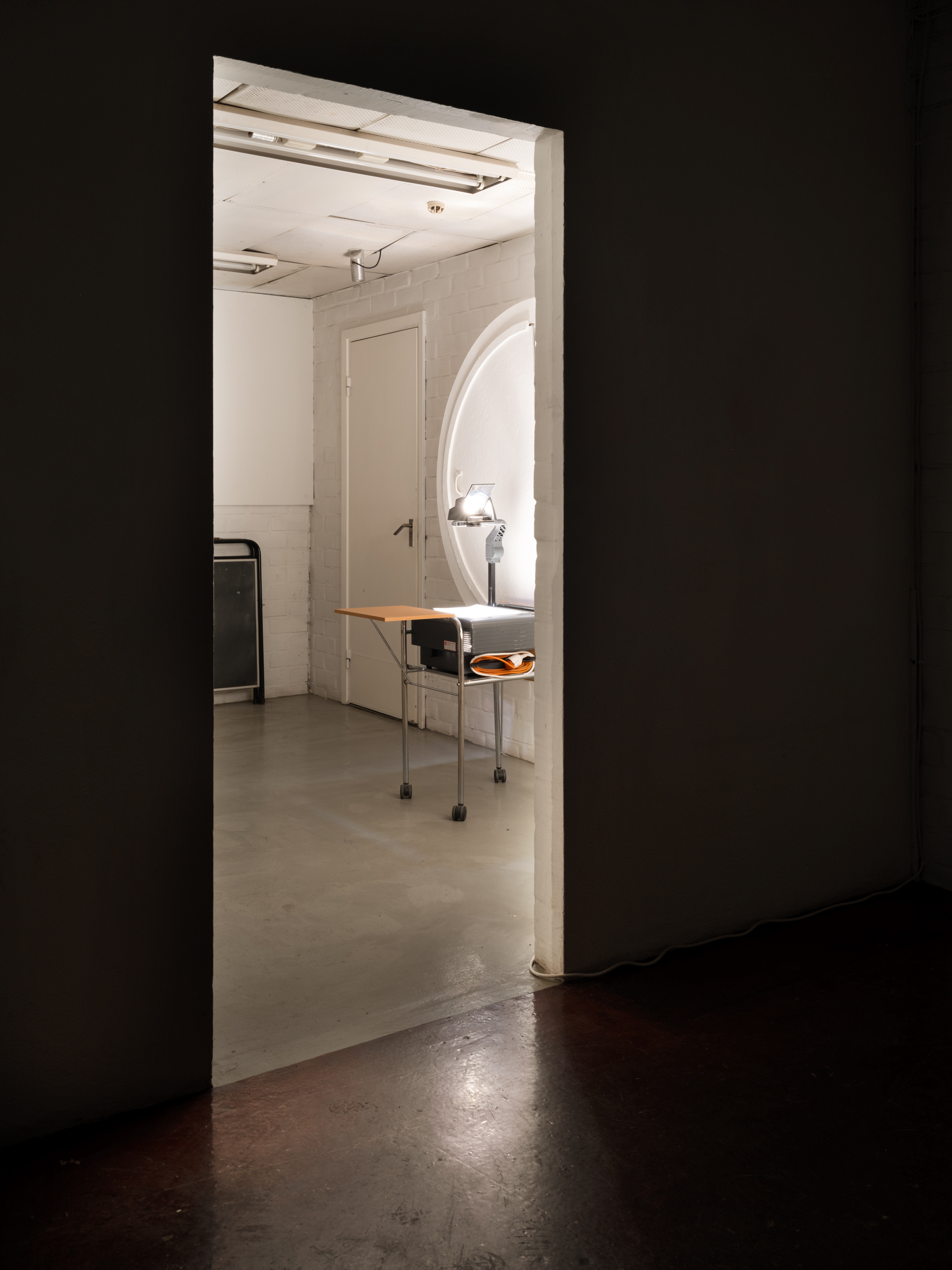
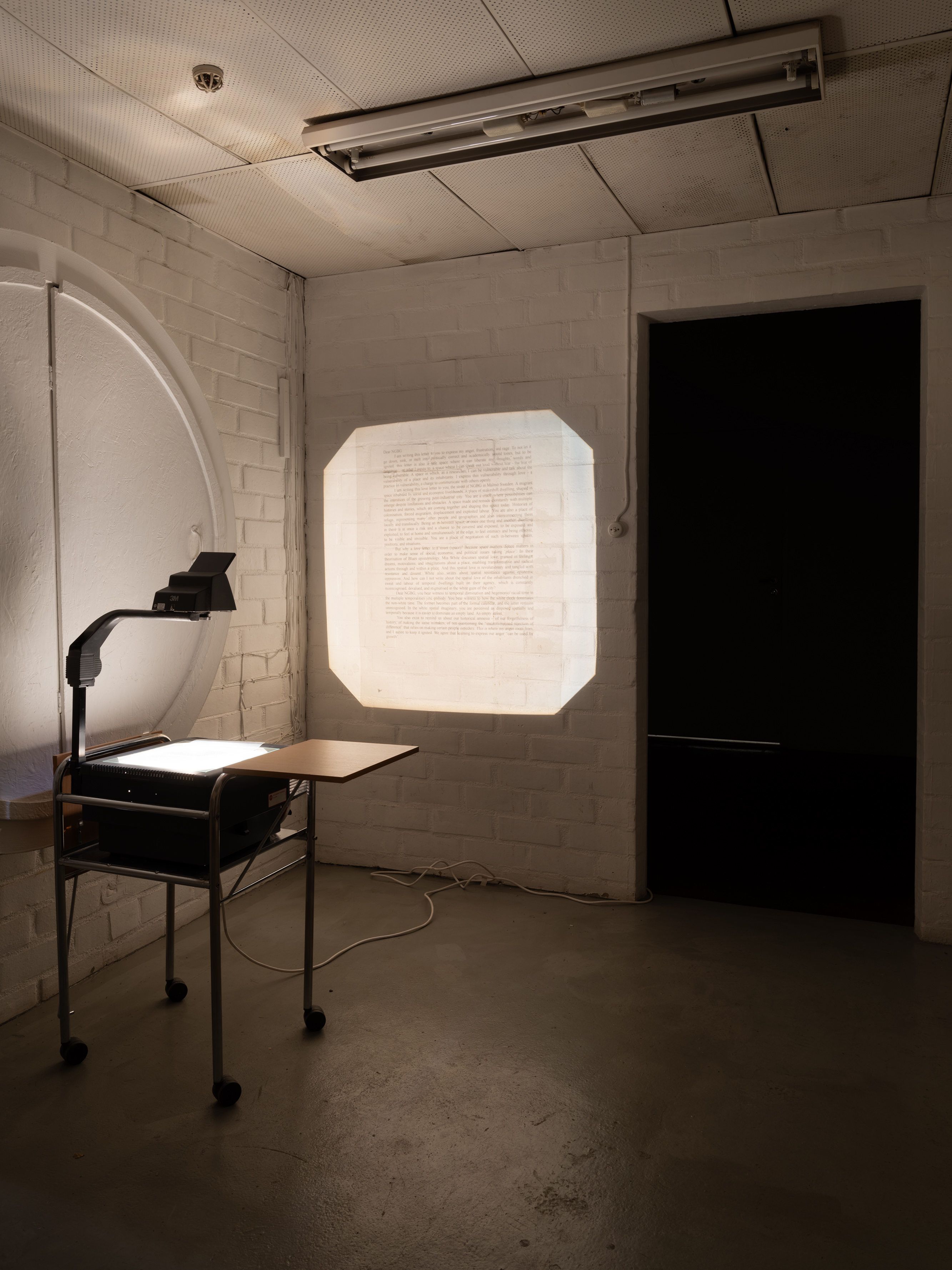
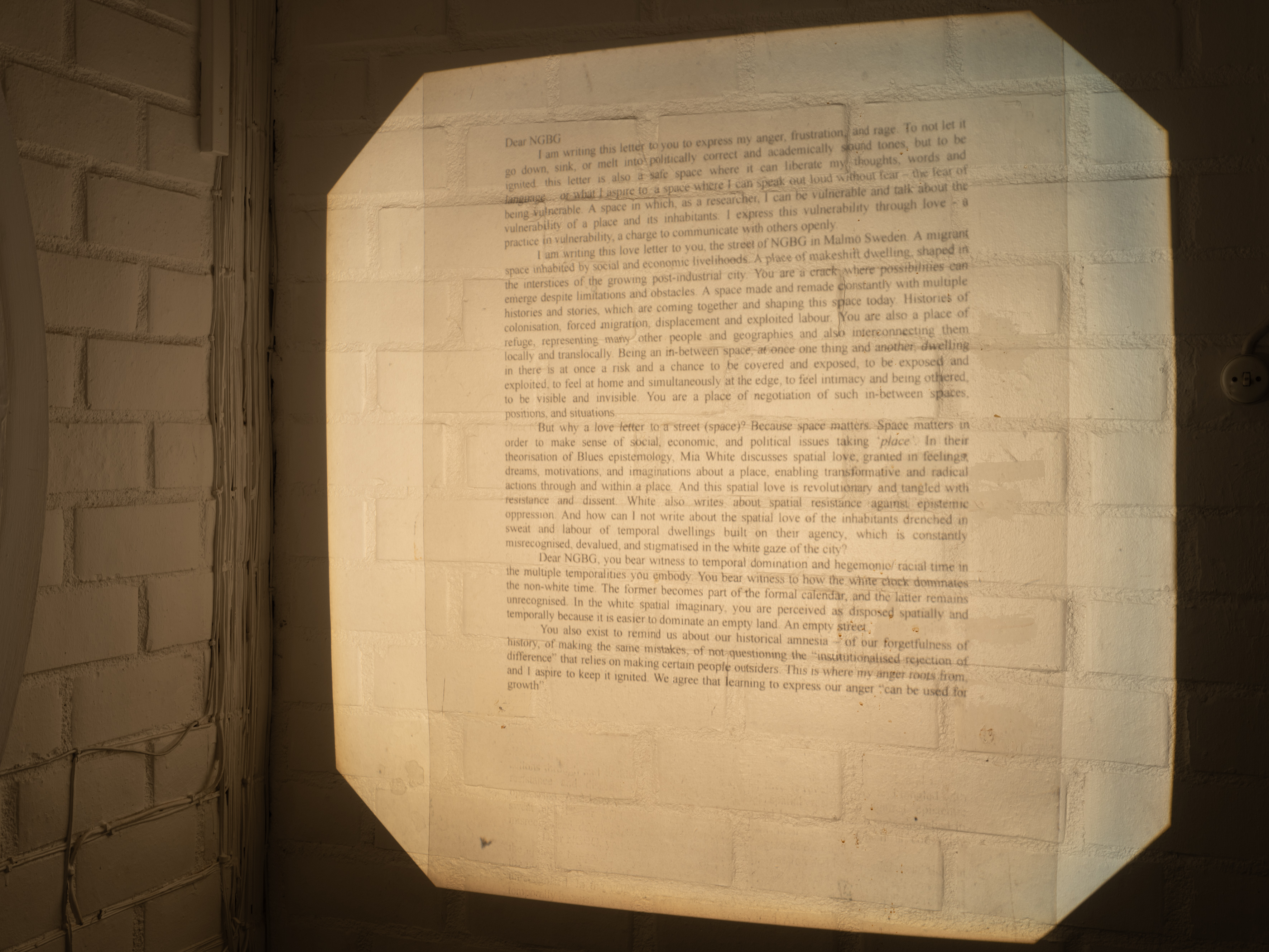

Carnival of Cups
Performances, Carnival Ceremony & Auction & Tombola exhibition raising money for Palestine
April 2024




Artists performing :
Claus Haxholm
Alma Söderberg
Prins Zonder Carnaval
DuoDuo
Vilde Blom
Trick & Dunce (Francis Patrick Brady & Albin Werle)
CARNIVAL OF CUPS marked the start of the Celsius Project's new program arranged by Janneke Schoene, Elísabet Anna Kristjánsdóttir and Francis Patrick Brady.
We began the year with a two-day long carnival event with performances by eight artists open up the exhibition space with music, stories, dance, sculptures and images. All of which relate to the theme of a carnival of sharing, a reversal of roles, an exchange, an overflowing of community, a cup that runneth over.
Claus Haxholm
Alma Söderberg
Prins Zonder Carnaval
DuoDuo
Vilde Blom
Trick & Dunce (Francis Patrick Brady & Albin Werle)
CARNIVAL OF CUPS marked the start of the Celsius Project's new program arranged by Janneke Schoene, Elísabet Anna Kristjánsdóttir and Francis Patrick Brady.
We began the year with a two-day long carnival event with performances by eight artists open up the exhibition space with music, stories, dance, sculptures and images. All of which relate to the theme of a carnival of sharing, a reversal of roles, an exchange, an overflowing of community, a cup that runneth over.








Alongside the performance program we presented a pop-up exhibition showing works by many artists who have previously exhibited at Celsius Projects over the past five years. These artworks were presented in a salon hanging style and most will be auctioned off or part of a tombola. We raised over 50,000 sek that went to The United Nations Relief and Works Agency for Palestine Refugees in the Near East (UNRAW).
Thanks to generous donations of the following artists :
Jamila Drott, Christofer Degrér, Jon Ek, Anna Kinbom, Johan F Karlsson, Patrik Aarnivaara, Filip Vest, Jaana-Kristiina Alakoski, Karolina Brobäck, Matilde Westavik Gaustad, Laura Yuile, Jonas Malmberg, Hedda Hørran, Mattias Eliasson, Joana Pereira, Johan Lundin, Karin Granstrand, Simen Godtfredsen, Laura Böök, Kah Bee Chow, Johan Nahoj Lundqwist, Salka Hellbacka, Sara Sjölin, Ellinor Lager, Julia Selin, Albin Werle, Max Ockborn, Lena Bergendahl, Francis Patrick Brady, Elísabet Anna Kristjánsdóttir, Annie Eliasson, Moa Gustafsson, Una Hamilton Helle, Ingrid Furre, Samaneh Roghani, Erlend Rødsten, Sixten Hatfield, Richard Krantz
Thanks to generous donations of the following artists :
Jamila Drott, Christofer Degrér, Jon Ek, Anna Kinbom, Johan F Karlsson, Patrik Aarnivaara, Filip Vest, Jaana-Kristiina Alakoski, Karolina Brobäck, Matilde Westavik Gaustad, Laura Yuile, Jonas Malmberg, Hedda Hørran, Mattias Eliasson, Joana Pereira, Johan Lundin, Karin Granstrand, Simen Godtfredsen, Laura Böök, Kah Bee Chow, Johan Nahoj Lundqwist, Salka Hellbacka, Sara Sjölin, Ellinor Lager, Julia Selin, Albin Werle, Max Ockborn, Lena Bergendahl, Francis Patrick Brady, Elísabet Anna Kristjánsdóttir, Annie Eliasson, Moa Gustafsson, Una Hamilton Helle, Ingrid Furre, Samaneh Roghani, Erlend Rødsten, Sixten Hatfield, Richard Krantz
With support from:

Celsius Projects, Celsiusgatan 45, 212 14 Malmö
